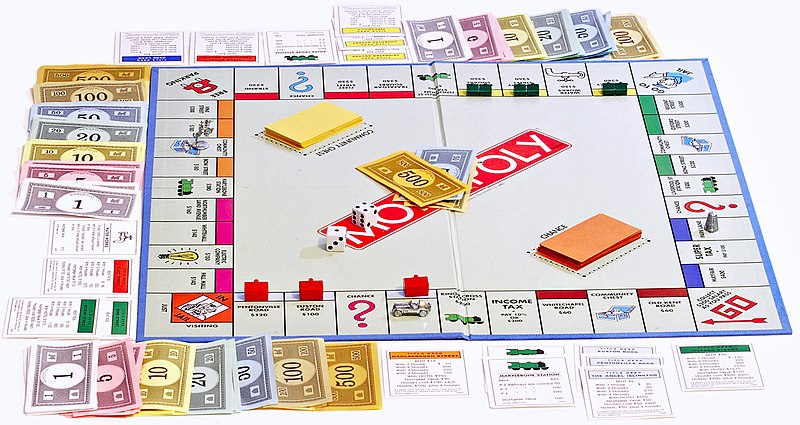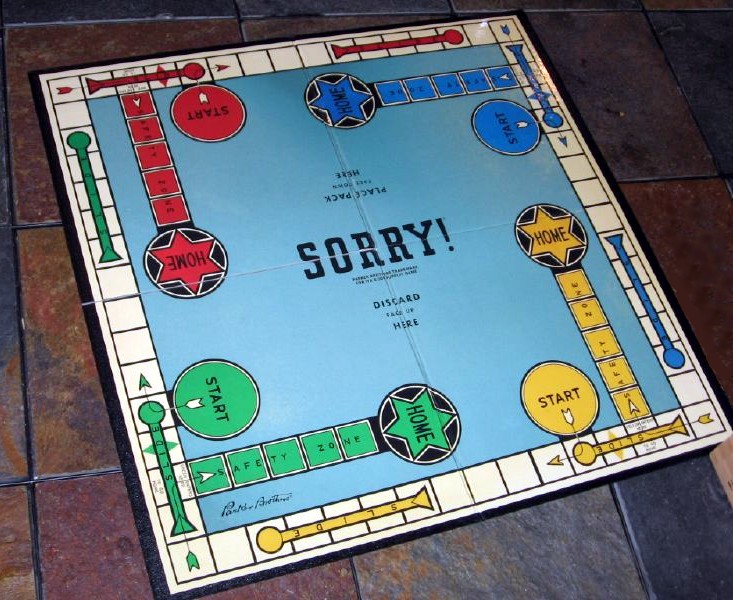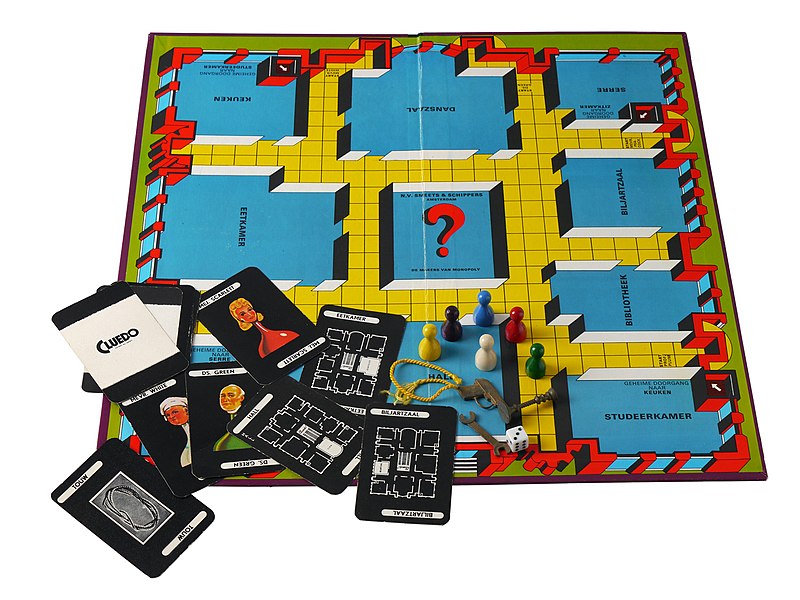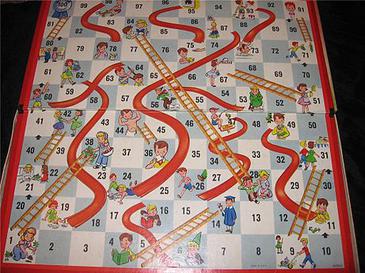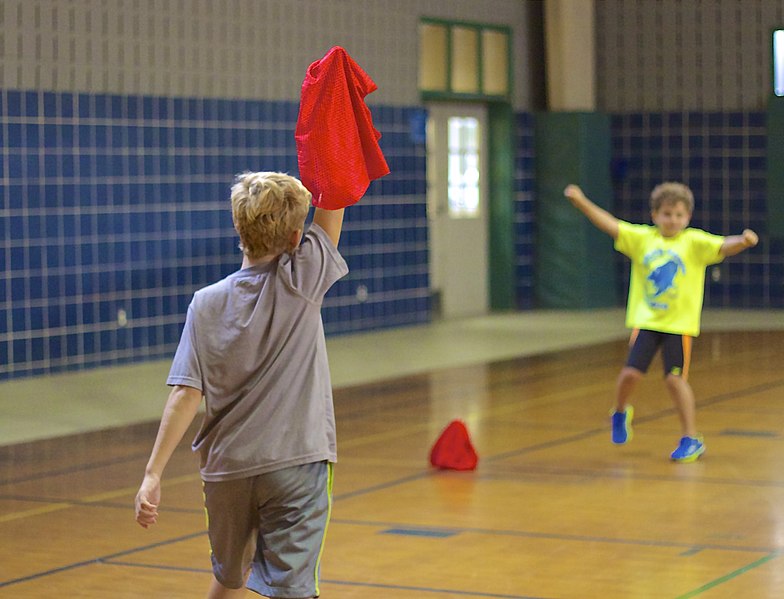Cards, boards, and street games were standard in the early 1900s. Games have long been enjoyed by the whole family. Throughout the 20th century, board games were the most popular. The 1900s saw the creation of many board games that families and children still enjoy playing today. Playing board games together as a family was a great way to bond back then.
Football and basketball, two of today’s most popular sports, both had their origins in the 1900s. Many people began playing football, commonly known as soccer, in the streets in the twentieth century. Many people nowadays still like both watching and participating in football. Therefore the sport remains popular. When basketball took off in popularity, many new courts were built to accommodate the influx of players.
Monopoly (1935)
Many people consider Monopoly the most iconic board game of the twentieth century. After Parker Brothers’ initial 1935 publication, many game versions were produced. The most up-to-date version is the Monopoly Here and Now Banking Edition, celebrating 70 years of the game. There is equal part strategy and chance in this game.
To become economically dominant and superior to other players, one must roll the dice and play the game wisely with the appropriate strategy. To take this step, the victor must have the most wealth and power regarding private property, utility firms, and economic prospects. When a player’s bank account reaches zero, the game is over.
Sorry! (1929)
The ancient Indian game Pachisi, which had a cross and a circle, served as inspiration for the board game Sorry! Each player begins with four pawns of a different color, and the objective is to be the first one to move all four pawns of your color to your “home” position. Though the pawns often advance in a clockwise manner, they are free to travel in any specified direction. Pawns’ movements are determined by whatever card is drawn.
The game board is a square with sixteen spots on each side; each player has a Start position of a different color and a Home location that is offset toward the center. A player’s “Safety Zone” consists of four separate roads of five squares each that branch off from the outer path and go directly to their Home. There are two “Slides” on either side, with four or five spots each.
Get all your pawns into the home area to win the game. While moving all of your pawns to the home area may seem easy, doing so is surprisingly challenging since other players may easily knock you back to the beginning of the game. You must draw the correct number of spaces to move a pawn to your home area. The drawn number must not exceed the number of spaces between your pawn and the home space.
Clue (1943)
Anthony E. Pratt, a British game designer, created Clue, a murder mystery game for three to six players, in 1943. The game’s goal is to identify the killer, localize the crime scene, and name the murder weapon. Players take on the roles of the six suspects and try to solve the murder mystery by moving tactically across a mansion-themed game board and gathering information about the crime from their rivals.
The Clue franchise has spawned various media, including board games, novels, movies, TV shows, and even musicals. There have been several spin-offs, each with unique features, including new characters, weapons, and levels. The primary game is dubbed “The Classic Detective Game.” Still, the many offshoots have their own catchphrases to differentiate themselves from the original.
Snakes and Ladders (1943)
Initially invented by Saint Gyandev in the early 13th century, the board game Snakes and Ladders was re-released in 1943 by the Milton Bradley Company under the alternate name Chutes and Ladders. The player benefits from good acts and faces the repercussions of bad ones in this game.
The game’s moral aspect doesn’t prevent it from being played for enjoyment, and the dice roll determines the winner. Mainly, you want to make it to the game’s conclusion without dying in any chutes. If you happen to land on a ladder, you will be whisked to the last square in the game in no time. A comparison to Candy Land may be made with this game.
The Rise of Street Game’s Popularity
Aside from board games, street games also became popular in the 19th century. Playing games in the street introduces kids to new people, fostering new friendships. These frequently involve children of different ages or from other schools. Children and adults spend more time together and get more comfortable with one another as a result of playing street games together.
Hide and Seek
Hide and Seek is another game from the 19th century that has maintained its popularity. This is a game for three or more people. It represents a type of oral tradition. One person is designated “it” and must remain in plain sight while counting to 10 with his eyes closed. When the final tally is taken, the phrase “Ready or not, here I come” appears, and he sets off to locate the unseen players.
Multiple outcomes are possible in this game. The game usually ends by designating the first person caught as the new seeker or “it.” The round is won by the player who is discovered last. Hiders can stay hidden until the game is over or come out of hiding to sprint to “home base,” where they will be safe if they touch it and untaggable for the rest of the game.
One of the most well-known 1930s street games is “Kick the Can.” This is a new twist on the age-old game of “Hide and Seek.” It requires at least three players to have fun with it. Someone or some group is designated “It,” and the can is put in the center.
Everybody else in the game tries to stay out of sight while the “It” closes their eyes and counts to a predetermined number. If you get caught by “It,” you’ll be locked up in a particular game area designed for the game’s prisoners. Any caught players will be freed if the free player succeeds in kicking the can.
Capture the Flag
Fun for a big group of people, “Capture the Flag” originated as a 1930s street game. To begin, you’ll need to split a group of at least six players into two teams, each starting with its flag and marker.
The game’s objective is to keep your team’s colored flag safe in their zone, run into enemy territory to steal their flag, and return home without getting caught. In the game, you may send “enemy” players to jail by marking them as such. Teammates on the move nearby can release them.
Popular Sports Games
The 19th century saw the development of several novel sports and activities. Both amateur and professional sports activities have far-reaching effects on our culture, economy, and politics. Participating in and spectating sporting events offer us an opportunity to unwind from the pressures of daily life and bond with our neighbors. An increase in visitors and the city’s revenue might result from hosting major sporting events. Starting in the 19th century and continuing to the present day, sports have become increasingly popular for these reasons.
Table Tennis
Ping pong, a popular game from the early 20th century with many characteristics of modern table tennis, gained popularity in the same era. Starting with a solid table split by a net, two to four participants compete against one another. It’s simple to play for beginners; just use the little racket to strike the white ball (the tennis ball) and transfer it to the next player.
The second participant returns it to you. You score a point when the opposing player either drops the ball or fails to pass it back to you. You need to play as quickly as possible without dropping the ball to win. This is how the entire game progresses.
Football
Another sport that gained widespread popularity in the 20th century and remains popular now is football. It’s a game where you kick a ball and try to get it into a goal. Each team has 11 players, and neither can touch the ball with their hands while trying to score.
Only the goalkeeper is permitted to use their hands in the goal area, and the winner is decided by the number of goals they score.
Basketball
Two teams of five players each compete in the team sport of basketball by attempting to earn points by shooting a ball through a hoop (the “basket”) that is 300 centimeters (10 feet) in height, according to a set of predetermined regulations. This sport can be played on either indoor or outdoor courts.
During the 20th century, the game’s popularity skyrocketed, first in the United States and later elsewhere. The professional basketball leagues of the United States emerged shortly after collegiate basketball became famous.
Baseball
The early 20th century saw baseball’s rise to prominence as “the national pastime,” despite the sport’s continued segregation along racial lines until 1947. Baseball’s popularity grew steadily during the 1800s, and by the turn of the 1900s, the eight-team National League had established itself as the sport’s dominant league. Two teams (with anything from five to 10 players each) battled it out with a pitcher and a hitter. The hitter would take a swing at the ball with a short bat, then run to the opposite side and back before making another attempt.
Things started off relatively easy. People used to socialize more and play more games, whether board games, street games, or sports. Most of these activities involved physical activity, promoting positive interactions with others.

